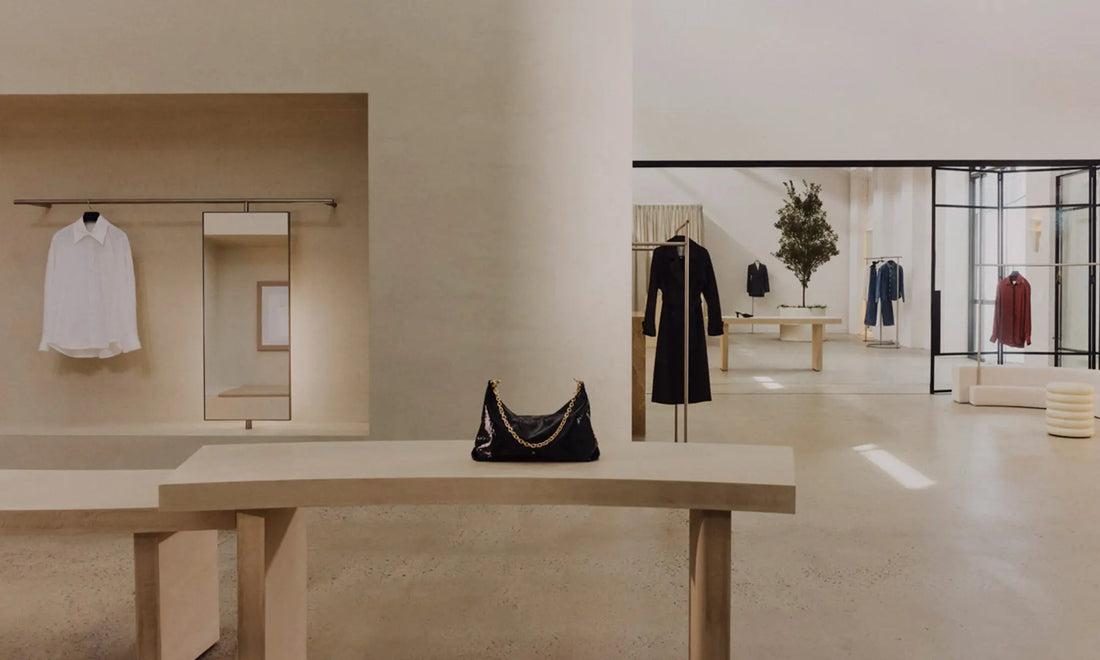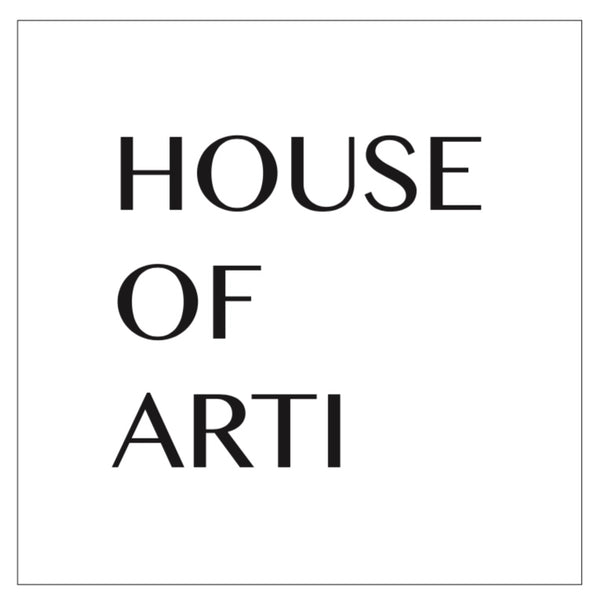
The Petite Struggle: Why Finding Petite Clothing in South Africa is so Difficult
Share
As a petite woman standing at just 1.45m, I’ve been stopped countless times in South African malls by other petite women asking, "Where did you find clothes that fit?" It’s not just a casual question—it’s often one of frustration. I’ve seen women in their 50s and 60s rummaging through the Zara Kids section, hoping to find something age-appropriate and stylish, just so they can feel like they’re wearing clothes made for women and not children. South Africa, we have a problem!
The lack of awareness and availability of petite clothing is more than just an inconvenience—it’s a glaring gap in the market, not just here but worldwide. Petite women, defined as those standing 1.64m or shorter, are constantly forced to compromise—choosing between ill-fitting clothes or fashion items designed for children. So, why is it still this hard for petite South African women to find clothing that fits and flatters? Let’s dig deeper.
Why Is It So Hard for South Africans to Find Petite Clothing?
There are several key reasons why petite clothing remains elusive in South Africa. While the fashion industry globally has made strides towards size inclusivity, this has largely focused on plus-size ranges, leaving petite women behind. Here’s why we’re facing this challenge:
1. Outdated Fashion Mindsets: Too many brands still believe that "petite" simply means smaller. They think offering XS or XXS sizes will do the trick, but petite clothing is not about making something smaller; it’s about proportion. A shorter woman doesn’t just need smaller clothing; she needs items with shorter hemlines, adjusted waist placements, and shorter sleeves that complement her proportions. Most South African brands haven’t grasped this fundamental concept.
2. Lack of Skilled Manufacturers: South Africa’s fashion industry lacks manufacturers who specialise in petite fashion. Producing petite clothing requires a deep understanding of fit, balance, and the proportions of shorter women’s bodies. Few local manufacturers have the skills or resources to create clothing that meets these specific needs. This leaves many women relying on international brands, where options can be expensive or inaccessible.
3. Lack of Specialised Fashion Education: South Africa’s fashion schools often don’t provide training on the specifics of designing for different body types, especially for petite women. Fashion education here tends to focus on creating standard-size clothing, ignoring the intricate needs of petites. This lack of education filters through the industry, leaving designers and brands ill-equipped to create clothing that caters to smaller body frames.
4. Cultural Focus on Traditional African Physiques: In many African cultures, curvier, fuller figures are celebrated, and this has influenced the local fashion industry. Many South African brands prioritise creating clothing that caters to these body types, which is wonderful, but it often means that petite women are sidelined. The assumption that petite women are somehow outside the norm leads to their fashion needs being ignored.
5. Minimal Representation in Fashion Media: Representation matters, and when it comes to petite women, there’s little of it in South African fashion media. Most fashion campaigns focus on tall, willowy models, even though the average South African woman is much shorter. Without seeing petite women represented in fashion ads or editorials, the fashion industry is slow to respond to our needs.
Why Haven’t Big Brands in South Africa Embraced Petite Fashion?
Let’s face it: big brands in South Africa have fallen short when it comes to petite fashion. Woolworths, one of the country’s most popular retailers, has never had a dedicated petite section. If they did, many of us would gladly buy their entire range, season after season. Edgars had a petite range, but it was uninspired, offering only basic workwear, dull colours, and not so flattering designs. Worse still, if you search for “petite clothing” on their website today, children’s clothing shows up instead.
Many local retailers still operate under the misconception that offering smaller sizes, like XS or XXXS, is enough. But petite fashion is not just about size—it’s about understanding proportions and how clothing drapes on a shorter frame. Until South African retailers understand that, petite women will continue to struggle.
Most big brands focus on trends, seasonal drops, and producing for the mass market, which often means neglecting niche markets like petite women. Globally, petite women’s fashion is underserved, but in South Africa, it’s virtually non-existent in mainstream retail. Local brands need to step up and recognise that petite women are a vital part of the fashion landscape—women who want stylish, high-quality clothing that fits well and reflects their personal style.
Enter House of Arti: South Africa’s First Designer Petite Clothing Brand
This is where House of Arti comes in. As South Africa’s first designer petite clothing brand, we’re dedicated to serving women between 1.40m and 1.59m tall. House of Arti was born out of my own personal struggle as a petite woman trying to find clothing that fits and flatters my body. After studying fashion design at RMIT University in Melbourne, Australia, one of the world’s top fashion schools, I returned home with a mission to create high-quality, timeless pieces for petite women in South Africa and globally.
At House of Arti, we don’t believe in shrinking regular clothing to fit petite frames. We believe in designing for petite women from the ground up—adjusting proportions, hemlines, waist placements, and sleeve lengths to suit shorter frames. Our pieces are meticulously crafted to offer the perfect fit for petite women, so you can feel confident, stylish, and empowered.
South African petite women, the time has come for us to stop compromising. You deserve clothes that fit your frame, that are designed with you in mind, and that make you feel like the elegant, powerful woman you are.
You can discover our modern classic style petite clothing for petite and extra-petite women here:
- Extra-Petite: 1.4m - 1.49m
- Petite: 1.5m - 1.59m
Read more: Petite clothing brand of the year (2023) - South Africa
South Africa has the talent, skills, and creativity to embrace all body types in its fashion landscape. It’s time for us to support local brands like House of Arti, which are dedicated to bringing well-designed, high-quality petite clothing to the forefront. The petite fashion revolution is long overdue, and South African brands need to step up and meet the demand. Let’s create a future where petite women are no longer forced to shop in the kids’ section or settle for ill-fitting clothes. Together, we can change the game.
--
Shop House of Arti:
Shop your garment size (XS, S, M, L, XL) within your height range on our product pages.
- Extra-Petite: 1.40m - 1.49m | 4f 7.1" - 4f 11"
- Petite: 1.50m - 1.59m | 4f 11.1" - 5f 2.6"
Shop all our styles here --> New Arrivals



